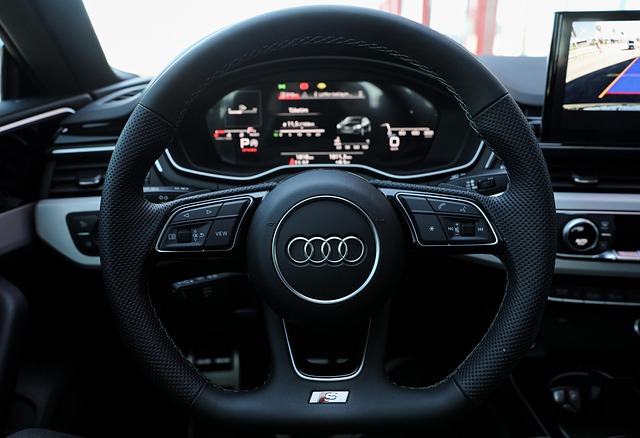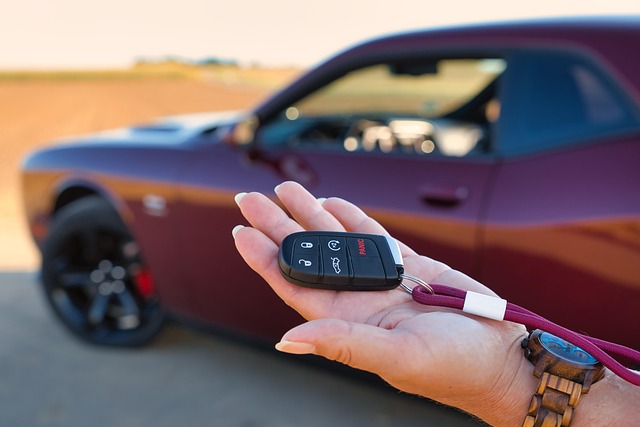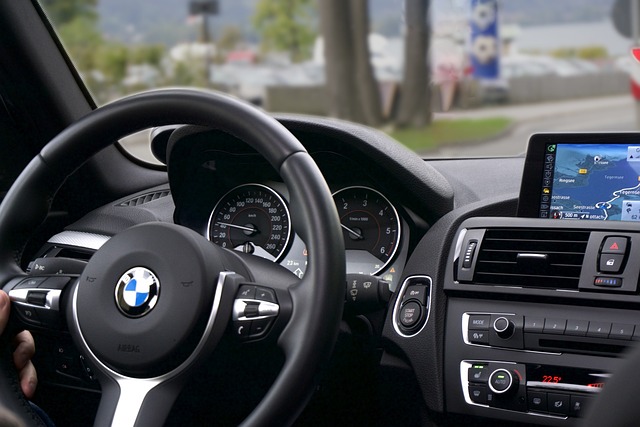Learn how to register a car in California with our step-by-step guide. To start, understand the state’s requirements for car registration, including needed documents and the process for vehicle identification number (VIN) verification at the DMV. Gather all necessary papers, perform the VIN check, complete the application, and make the required payment. Finally, receive your California registration plate and associated documentation. Ensure a smooth process with our comprehensive guide on dmv vin verification.
- Understand California Car Registration Requirements
- Gather Necessary Documents for DMV Visit
- Perform Vehicle Identification Number (VIN) Verification
- Complete Application and Payment Process at DMV
- Receive Your California Registration Plate and Documentation
Understand California Car Registration Requirements

Before registering your car in California, it’s crucial to understand the state’s specific requirements. The California Department of Motor Vehicles (DMV) mandates a thorough process that includes vehicle inspection and verification of key components like the Vehicle Identification Number (VIN). This VIN verification ensures that your car meets safety and environmental standards set by the state.
One essential step involves obtaining a mobile VIN verification or using a vin inspection service, where a professional will cross-reference the VIN with state records to ensure the vehicle’s legitimacy and history. This is particularly important for out-of-state vehicles or those with potential tampering, as California has strict regulations to prevent fraud and ensure consumer safety.
Gather Necessary Documents for DMV Visit

Before heading to the DMV, ensure you have all the essential documents and records required for car registration. The process typically involves verifying your vehicle’s identity through a DMV VIN verification, which is crucial for ensuring compliance with California’s regulations. Gather the following:
1. Your vehicle’s Registration Certificate or Release of Liability from the previous owner.
2. Valid driver’s license or state-issued ID card.
3. Proof of insurance, showing your vehicle as covered under a valid policy.
4. The Vehicle Identification Number (VIN) from your car, which can usually be found on the vehicle’s title document or by checking the driver’s side door jamb. For added convenience, consider using a mobile VIN verifier to complete this step swiftly before visiting the DMV.
Perform Vehicle Identification Number (VIN) Verification

Before registering your car in California, performing a Vehicle Identification Number (VIN) verification is a crucial step. This process ensures that the vehicle’s details match those on record with the DMV. You can conduct this vin inspection either through a mobile vin verifier or by visiting a DMV office. A mobile vin verification service allows for convenience, as it enables you to confirm your car’s identity without leaving home. Simply input your VIN into the app or website, and follow the prompts for an instant report. Alternatively, bring your vehicle to a local DMV branch where an inspector will manually check the VIN against their records.
Accurate VIN data is essential for issuing registration documents, as it plays a vital role in identifying your car’s make, model, year, and safety features. This verification process helps prevent fraud and ensures that only legitimate vehicles are registered within California’s jurisdiction. By completing this step, you’re one closer to officially owning and operating your vehicle on California roads.
Complete Application and Payment Process at DMV

To register your car in California, begin by completing the necessary application forms available at the Department of Motor Vehicles (DMV) website or in-person at a local DMV office. Ensure all required documents are included, such as proof of ownership, vehicle identification number (VIN) inspection, and valid identification. Once your application is ready, proceed to the payment process, which includes fees for registration and any applicable taxes.
After submitting your application and making the necessary payments, you’ll receive confirmation and a registration card. Additionally, the DMV will conduct a VIN verification to ensure the vehicle’s identification number matches the specified details in your application. For convenience, many California residents opt for mobile VIN verification services or use a mobile vin verifier to streamline this process.
Receive Your California Registration Plate and Documentation

After completing your car’s purchase, it’s time to receive your official California registration plate and essential documentation. This process is typically handled through the Department of Motor Vehicles (DMV). To ensure a smooth transition, you’ll need to undergo a DMV VIN verification, which involves inspecting the Vehicle Identification Number (VIN) to confirm the vehicle’s details match those on record.
This verification can be conducted either online or in-person at a local DMV office. If you prefer a more convenient approach, consider using mobile VIN verification services that offer on-demand inspections. These services send a professional to your location, whether it’s your home or workplace, to perform the VIN inspection promptly. This way, you’ll have all the necessary documents, including your registration plate and proof of insurance, ready for when you hit the California roads.
Registering a car in California involves understanding specific requirements, gathering essential documents, and successfully completing the application process at the Department of Motor Vehicles (DMV). After verifying the Vehicle Identification Number (VIN) through a DMV-approved method, such as online or by visiting a local office, you’ll need to fill out an application, pay the necessary fees, and provide proof of insurance. Once approved, you’ll receive your California registration plate and important documentation, ensuring your vehicle complies with state laws. Remember, accurate dmv vin verification is crucial for a seamless registration process.
